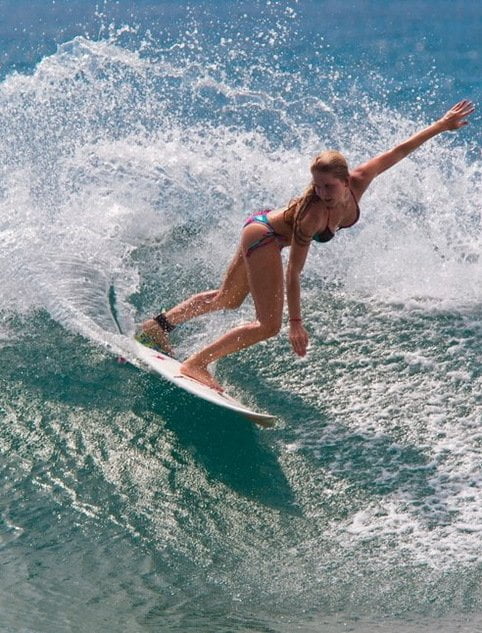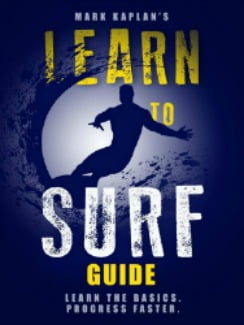When to Buy a Surfing Short Board
When to buy a surfing short board is a question many beginners have even before they start. It seems the glory of the short board is started because that is what we see in movies and looks so cool as the best surfers carry them to the water. Yet, to have fun on a short board, surfers have to pay their dues and be patient.
The short board is for surfers at the top of their game, which they earned by starting at the bottom and learning slowly. The beginner surfer learns the fundamentals of catching foam waves, popping up, and riding straight to the beach on a high volume surf board. This board is foam and is at least 8′ long, 22″ wide and 2 3/4″ thick.

When to Start Surfing Shorter Boards
Surfing should always be fun. The fun comes out quick if the surfer is not on the right surf board for their skill level. The surfer can progress from the soft top board on foam waves at the beach to paddling out for bigger foam waves and then small real waves.
When the now intermediate surfer can catch real waves up to 4′, ride in the pocket, and execute bottom turns, accelerating, and cut backs, it is time to consider getting a hard board. To continue the fun, the next board should only be about 6″ shorter and have a width of at least 21″ and a thickness of 2 3/4″
The width and thickness should be continued as the boards get shorter. When surf boards lose volume they become more difficult to paddle because they start sinking into the water. The real work of surfing is paddling. Surfers paddle out to the line up, paddle to catch waves, and then paddle back out. If paddling stamina is not great, the sessions are shorter. If the board is too small, the sessions are real short.
It is more difficult to catch real waves on a short board then on a foam board. The foam board is pushed easily and can catch a wave earlier as it forms. A short board needs the power of the real wave and the surfer has to wait until the lip of the wave is over his head before he paddles. This requires great timing and results in more crashes.
Finally, the shorter board is more difficult to ride than a foam board. The foam board allows for more imperfection in the posture after the pop up. If the pop up and posture are not perfect, a short board gets very squirrely and the falls are not fun. Looking cool going into the water has to be followed by competence on the waves. If the line up sees you can’t catch and ride a wave, they will cut you off from catching waves.
Be patient, have fun, pay your dues, and become a great surfer.
Learn More
For Oceanside Surf Lessons, see the Home Page
See the Post Surf Lessons Begin with Foam Waves
See the Post What You Learn in a 2 Hour Lesson
See the Post How to Progress in Surfing
See My Dry Land and In Water Demo video
See How to Catch a Green/Real Wave video
i have lowered my book and course prices for the lock down.
My New Surfing Course in an E-Book plus Demo Video
Get the 18 Chapter, 7,500 word Course that can prepare you for a lesson or give you the fundamentals if you are going to try it on your own. 10 years of teaching 350 students a year has given me the insights on the most precise measures you must follow for success. This course is what I teach on the dry land and in water instruction. The Course includes a 15 minute video on my dry land and in water demonstration. Only $4.95
Buy the E-book for $2.99. Learn to Surf (Different cover but same book)
Buy the Paperback on Amazon $6.95
Get Learn to Surf Course in 29 minute audio. Great prep for a lesson, reviewing after a lesson, learning on your own, refreshing after not having surfed for a while. See Table of Contents. Only $7.95

80 page Learn to Surf Book
![Surf Instructions Beginner to Advanced: Learn to Ride Waves by [Kaplan, Mark]](https://images-na.ssl-images-amazon.com/images/I/51HswFtoBQL.jpg)